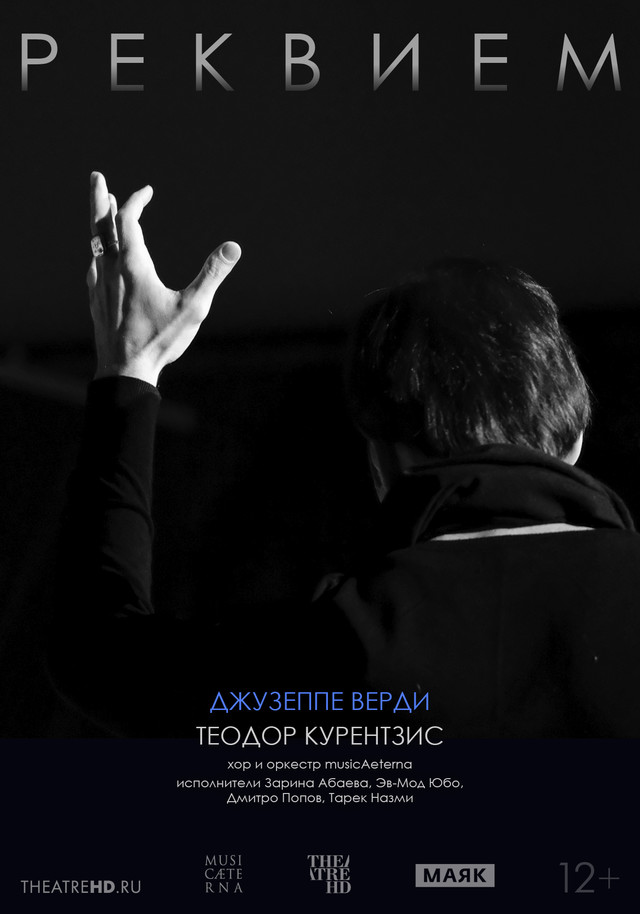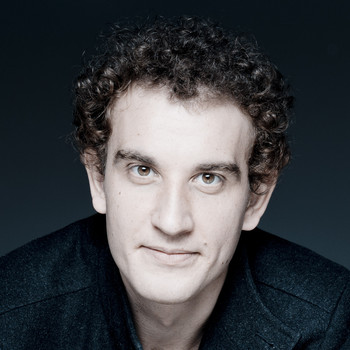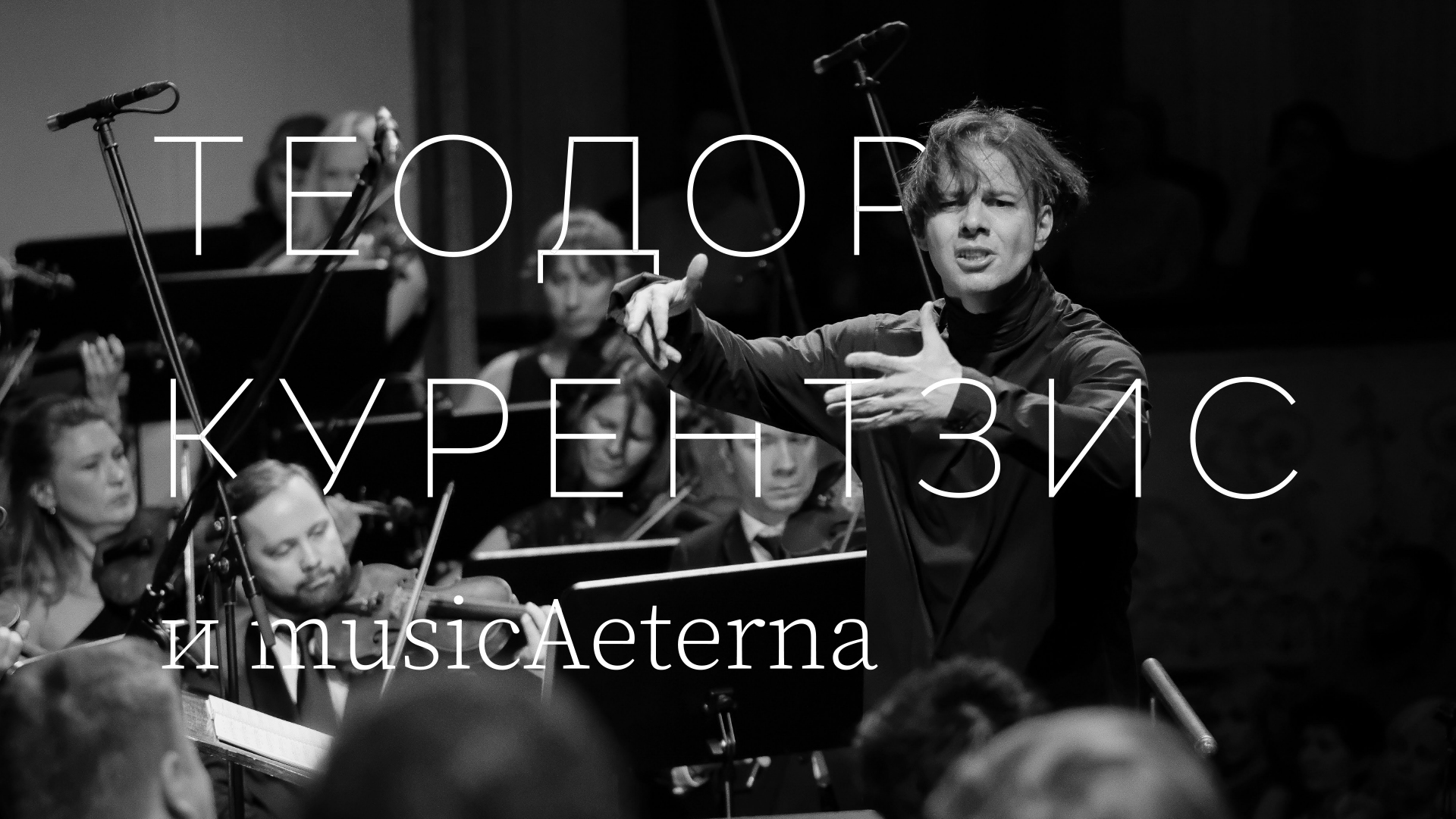Verdi’s Requiem is still heard mainly in theatre and concert halls. However, the author himself intended this composition to be performed in church, and on special occasions.
19th-century maestro Hans von Bülow ironically described the Requiem as “an opera in ecclesiastical garb”. While it is true that the imposing instrumentation and dramatic effects of Verdi’s work affirm its close ties to its creator’s signature musical art, it simultaneously frustrates the traditional expectations of the heavily codified Requiem genre. There is profound sincerity and vibrant faith in this masterpiece composed in honor of the hero of Italian unification, the writer Alessandro Manzoni. A friend of Verdi’s, Manzoni was extremely active in fighting for the founding of the Italian nation, and the Requiem was performed for the first time on the anniversary of the writer’s death. The only mass Verdi ever wrote, it is a mix of his operatic genius and his very personal homage to a dear friend.
Performed by soloists and musicAeterna choir and orchestra, Verdi’s Requiem seems to return from the concert stage into the temple space. The seven parts of the Requiem become steps on the way to comprehending the sacrament of death, the operatic character of orchestral and vocal writing acquires the strictness of the Catholic tradition, and musical images of rage, despair, and rebellion against the inevitable end are crowned with appeasement.
I - REQUIEM E KYRIE
II.1 - DIES IRAE
III - OFFERTARIO
IV - SANCTUS
V - AGNUS DEI
VI - LUX AETERNA
VII - LIBERA ME


















